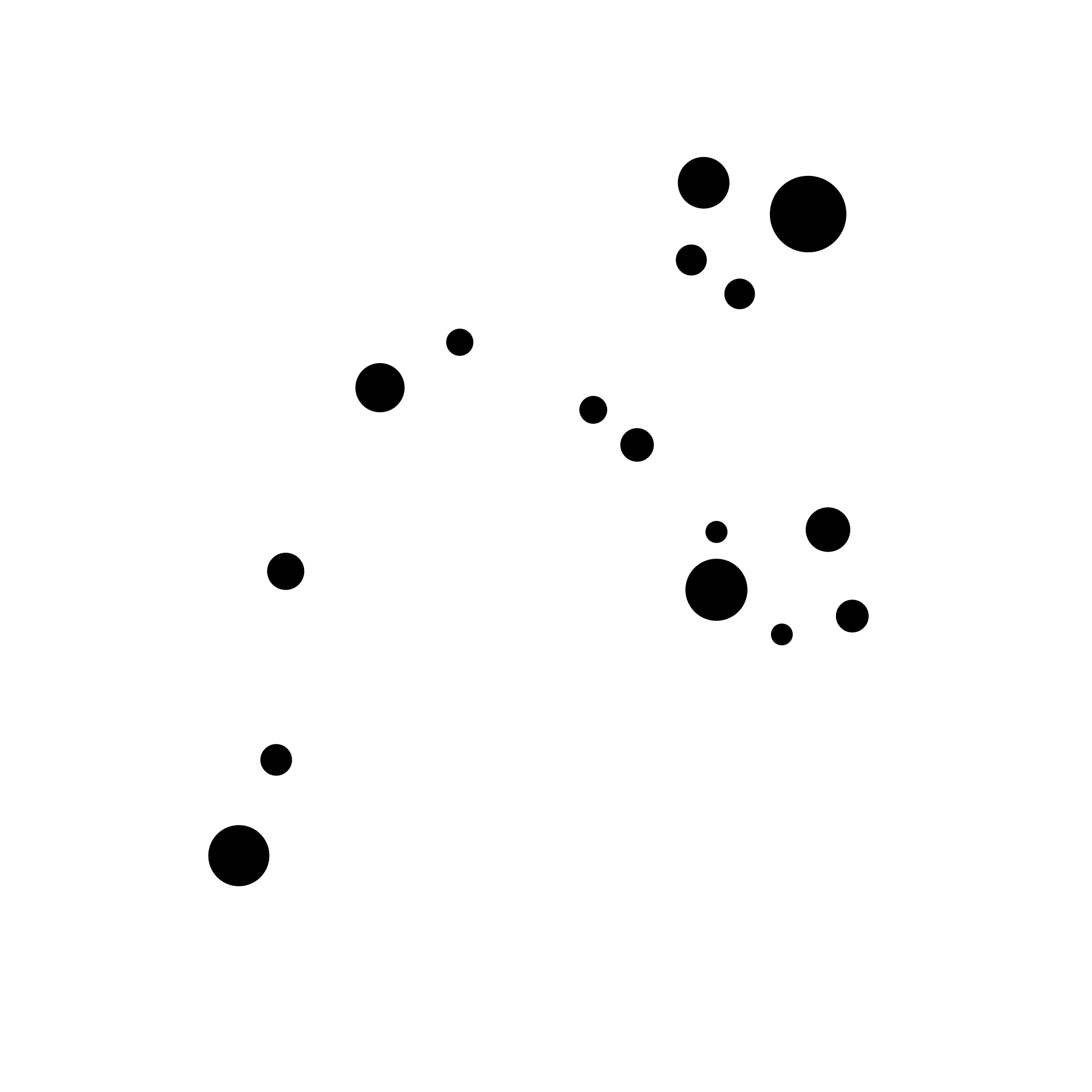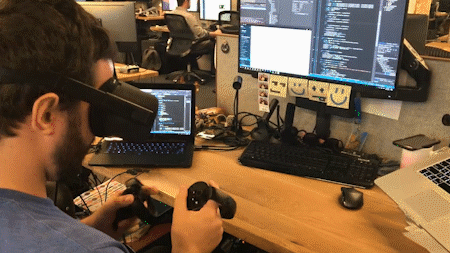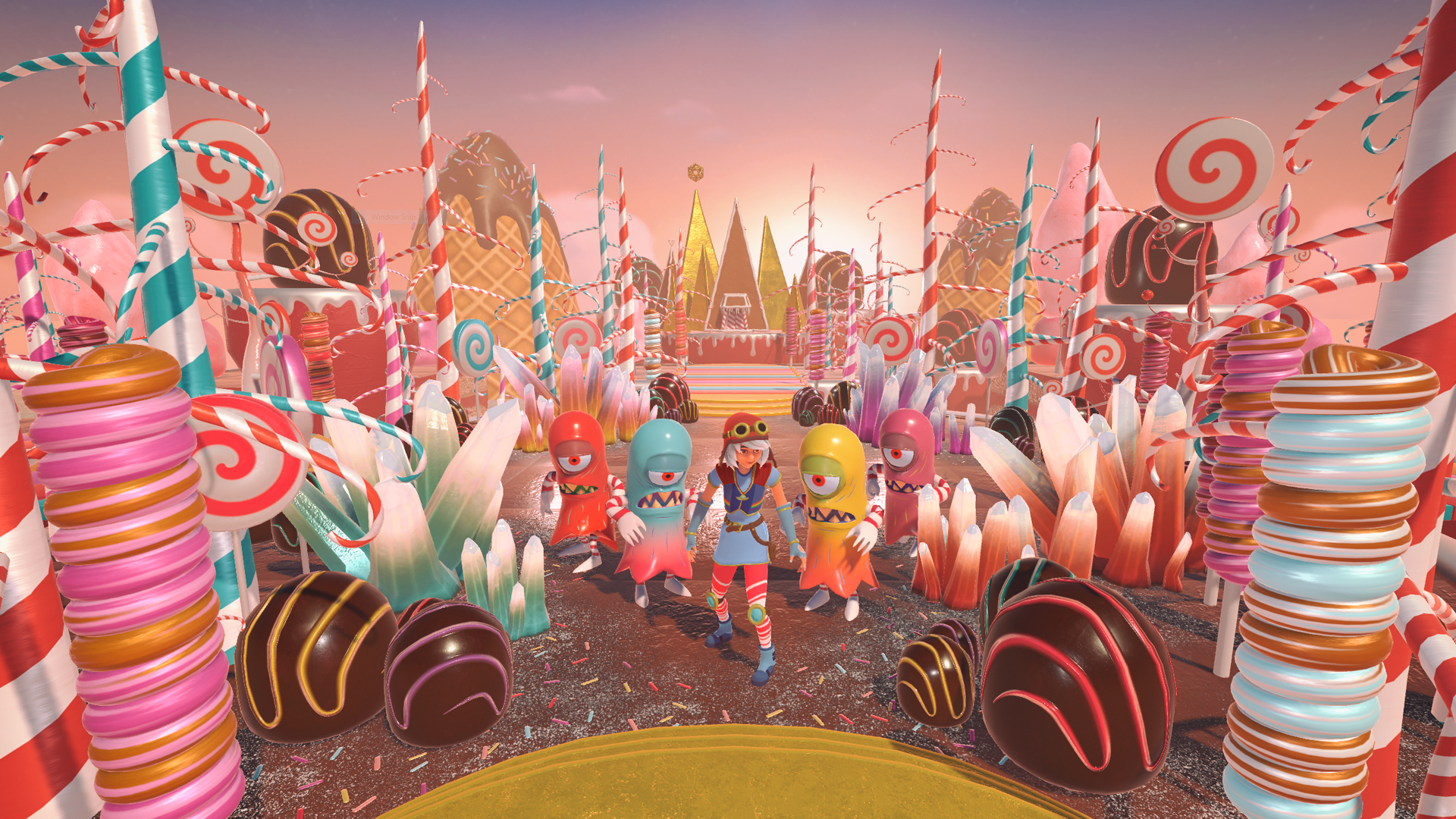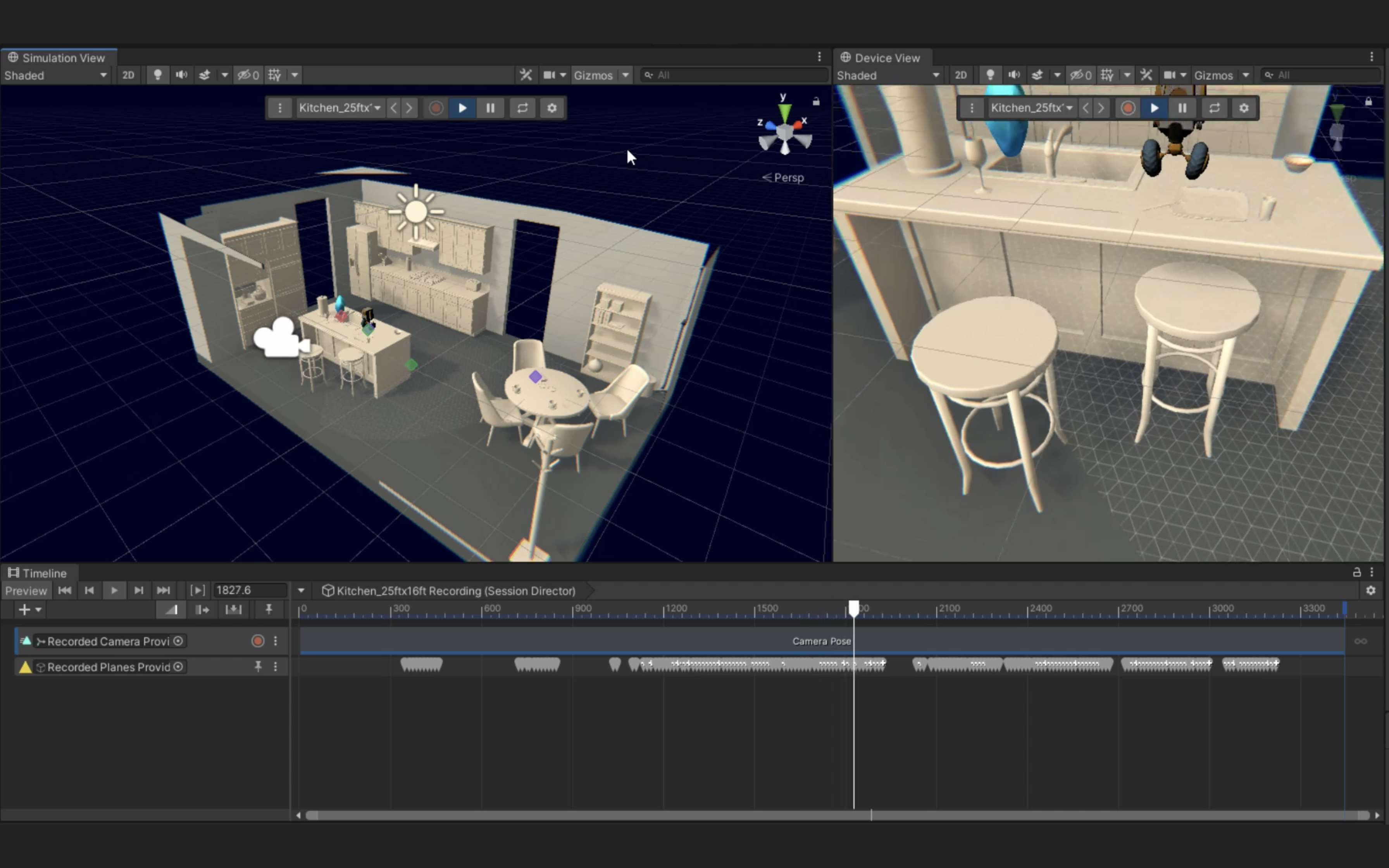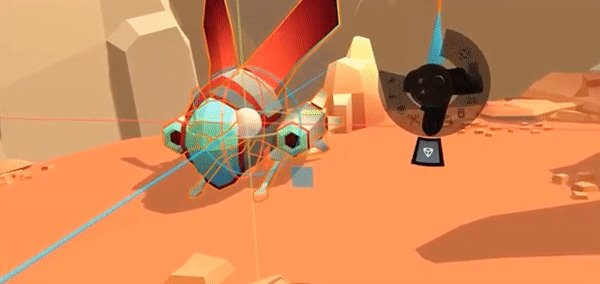CARTE BLANCHE
An experience that lets anyone make a game at toy-scale in virtual reality, then play at real-scale.
Quick Summary
NAME
Carte Blanche
TYPE
Prototype
USER
Anyone with VR
CHALLENGES
Table as portal/second camera
Object sizing, placement, and culling
'Intuitive,' friendly defaults
Combo input: button, finger movement, ray, and gaze
Extensibility
Parametric level design
PROJECT LENGTH
18 months
One of the most delightful aspects of virtual reality, both for technically proficient folks and for n00bs, is that VR levels the playing field. All humans are born into a four-dimensional space and spend our lives interacting with three dimensional-objects—ourselves included. Our challenge in Unity Labs was to make an experience that would let anyone new to virtual reality be able to make a game, and play that game, within minutes.
Greg Madison, with Sylvio Drouin's mentorship, was the mastermind behind Carte Blanche, an innovative way to combine the world we know with the digital world. This project was developed in tandem with EditorXR, and allowed us to explore ways to interact with immersive digital worlds.
The core concept was cards: a small, easily grokked, familiar way of sorting through items, while the user is resting their forearms on a real-world table: extending their familiar, comfortable reality into virtual reality.
Here's the original concept video. It's worth a watch.
We ended up having to do quite a bit of experimentation around the card design to make sure it made sense, felt good, and the users could easily get to the objects they wanted to find.
Of course, no matter how good the tracking or the input, the reality is that you still have to tell the computer what you want to do. This is perhaps the hardest lesson for new XR designers to understand: because you can do things in XR that are impossible in real life, like group selection, duplication, or moving objects precisely, you will always have a class of features that are not 'intuitive' by default. We had several novel ways of figuring out intent via HMD angle and hand proximity, from selection to grouping to duplication.
Despite what felt like the obvious ease of use, there were a multitude of problems we had to solve for the table use case. We needed to create a seperate portal for the table, and transition point between the moment the card turned into an object—and deal with occlusion and culling between the table and the 'table world'.
There was also the same problem that existed in EXR, which is that in virtual reality, it's all digital. This is different than non-immersive computing, where you can use a mouse to interact with a display, but use your hands to move that display in real-world space. Humans instinctively understand there's a difference between the two, but in virtual reality, you still have to interact with both with the same peripherals. In VR, you have to design seperate button mappings or gestures for dealing with 'computer UI' vs 'virtual-world objects'.
Regardless, the reality was that we got to good pretty quickly with a custom-made asset set that was forgiving of placement and allowed users to make a game world, assign roles to characters, then play the game, extremely quickly. I consider this one of the stepping stones towards true consumer-level worldbuilding. The moment you hit 'play' and enter the world-scale version of your game is satisfying in a way few experiences can match.
